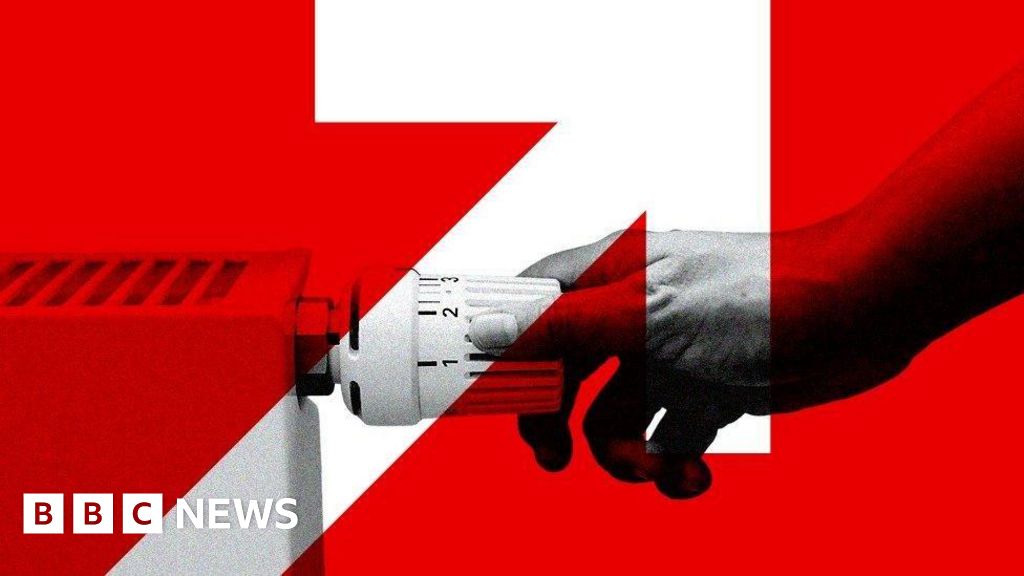ARTICLE AD BOX
 Image source, Getty Images
Image source, Getty Images
Government borrowing was higher than economists had expected in August, new official figures show.
Borrowing - the difference between spending and tax income - rose to £11.6bn last month, according to the Office for National Statistics (ONS).
That was £3.5bn more than a year earlier and the fourth highest August borrowing since monthly records began in 1993.
Experts had predicted public borrowing would stand at £11.1bn last month.
Governments often borrow to boost the economy. They also borrow to pay for big projects - such as new railways and roads - which they hope will help the economy and create jobs.
There has been speculation that the government could announce new spending pledges in the upcoming Autumn Statement, to address matters such as local councils' finances and safety concerns around school buildings.
Borrowing for the financial year to date has now reached £69.6bn, according to the ONS, which is £19.3bn more than in the same five-month period last year.
However, the total is £11.4bn lower than the amount predicted in March by the government's financial watchdog, the Office for Budget Responsibility.
Reacting to the latest figures, Chancellor Jeremy Hunt said: "These numbers show why after helping families in the pandemic we now need to balance the books.
"That becomes much easier when inflation is under control because higher inflation pushes up interest rates, so we need to stick to the plan to get it down."

 1 year ago
37
1 year ago
37








 English (US) ·
English (US) ·